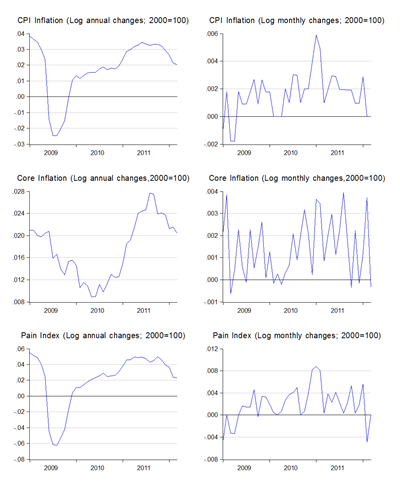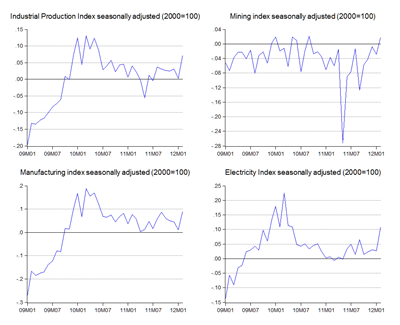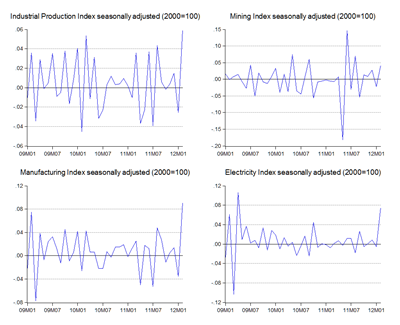My weekend reading:
The Three Wedges That Separate Workers From Their Pay
Economists assure us that rising worker productivity is the key to better living. When workers produce more per hour of work, their earnings should go up correspondingly.
Since 1973, that hasn’t been happening. Productivity has risen at a healthy clip, but the pay of the average worker has stagnated. That simple fact explains why younger Americans today aren’t doing any better than their parents’ generation, and sometimes worse. A sense of the part of Americans that they’re not reaping the rewards of hard work fuels the Occupy movement and the cries of “We are the 99 Percent.”







